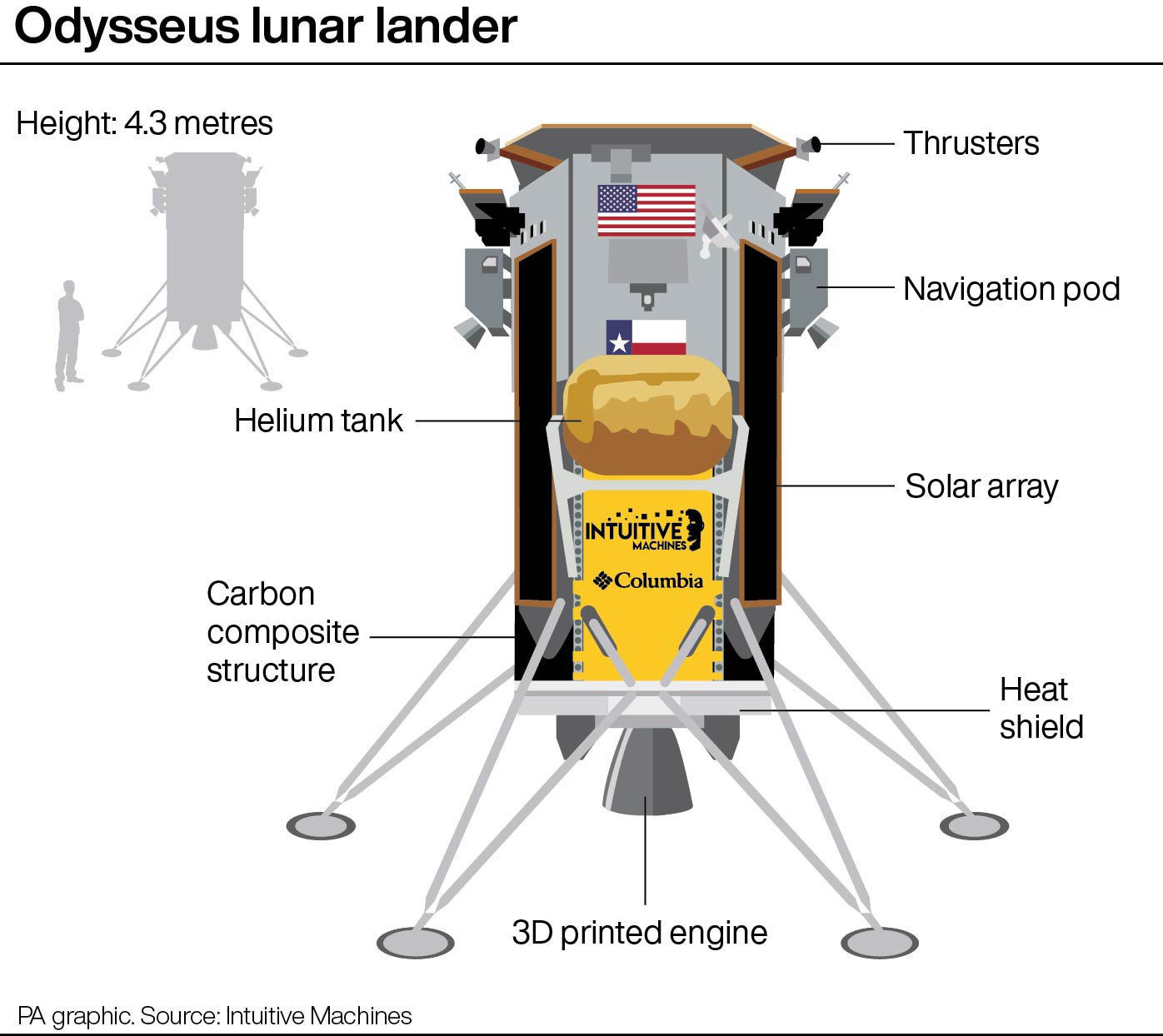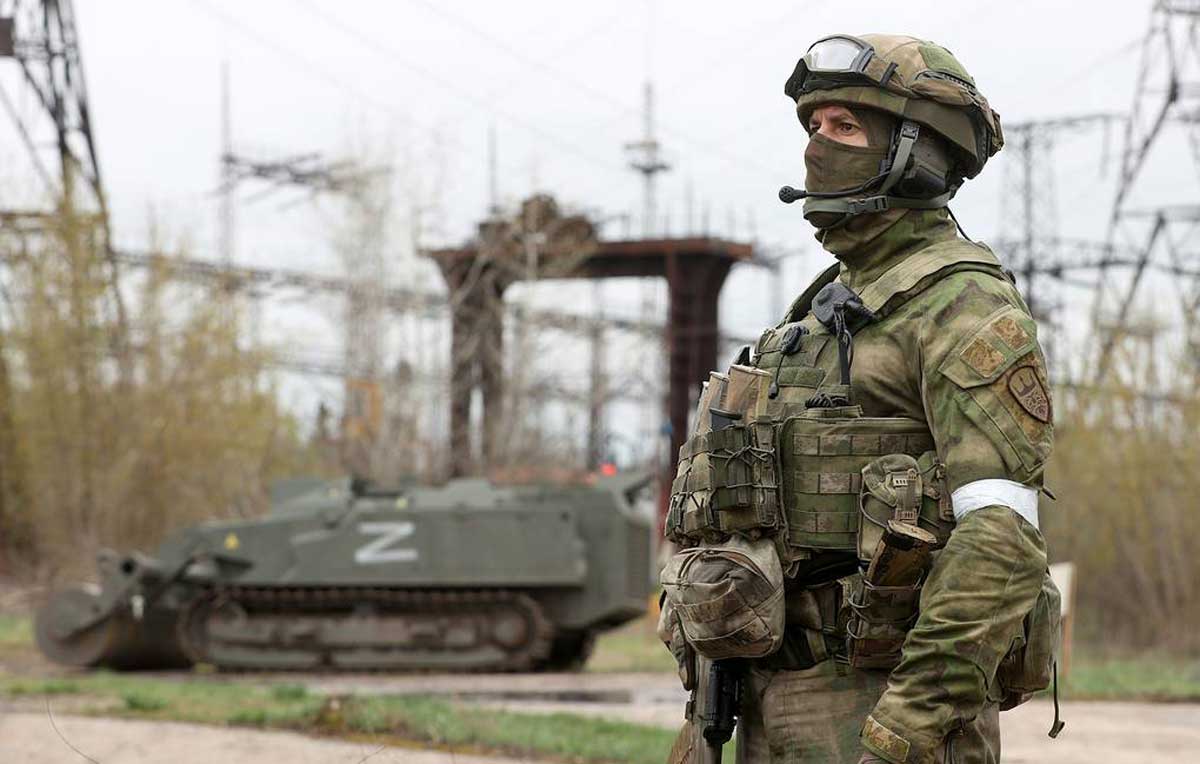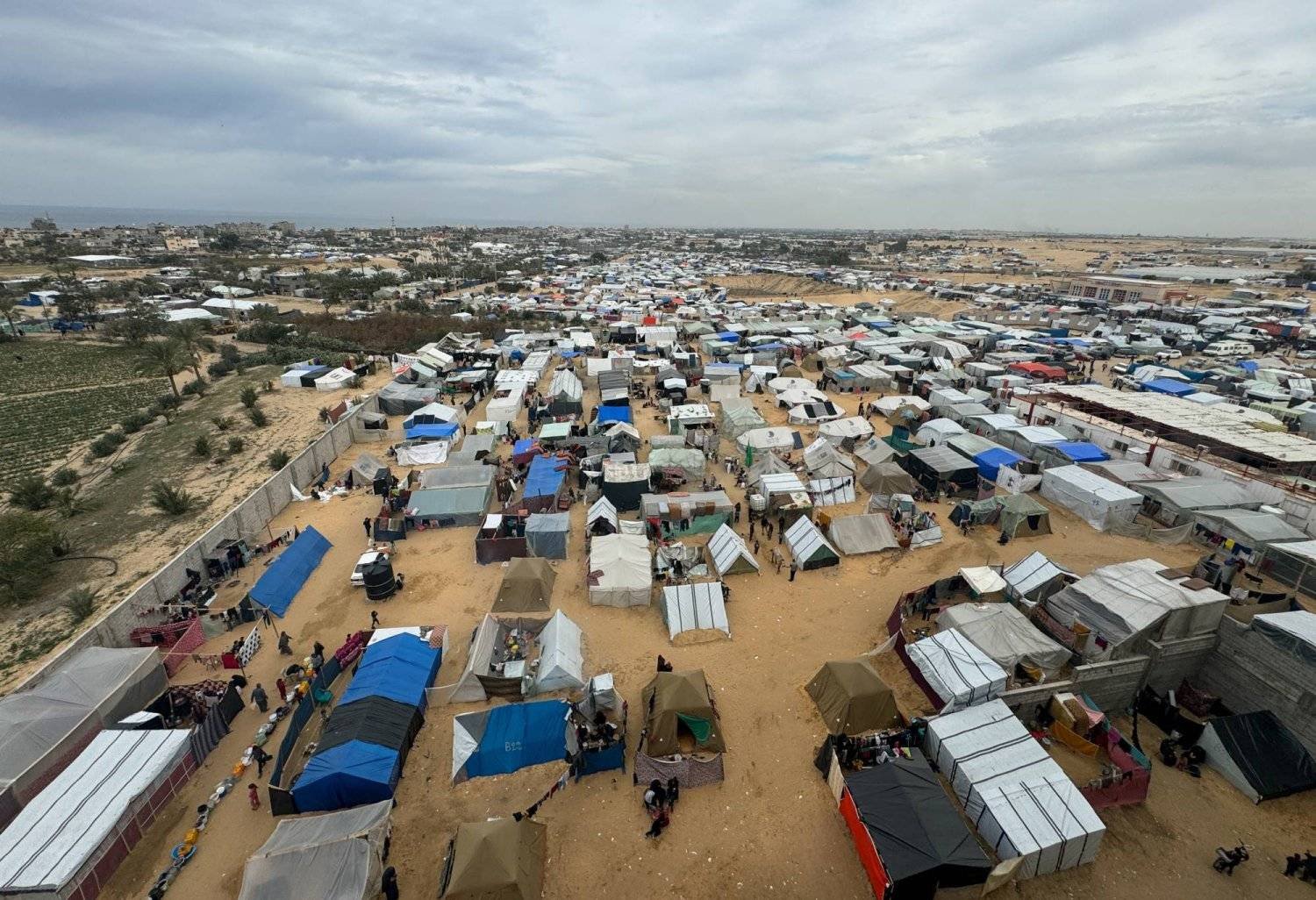William Goodhind from Contested Ground explains the democratisation of data, the modernisation of war crimes investigation and the present and future of the War in Ukraine.
Imagery analyst and investigator William Goodhind gives an insight into satellite technology and the changing world of war crimes investigation. He explains how this and other forms of technology will only become more important as the War in Ukraine reaches a pivotal stage.
Visegrad Insight: Tell me more about yourself before we get onto the topic of Ukraine. How did you get into the sphere of humanitarian, international affairs?
Will Goodhind: At present, I’m an imagery analyst and investigator. But previously I worked for the OSCE Special Monitoring Mission to Ukraine. I patrolled throughout the Luhansk and Donetsk Oblasts in Eastern Ukraine, where I was on the ground talking to people, recording ceasefire violations and following up on incidents. I was there up until 2017 and returned to the mission in 2020, right up until the outbreak of war in February 2022.
Since coming back to the UK, I have been working on war crimes investigation and tracking the movement of the Russian military across Ukraine. I wanted to make use of this knowledge of Ukraine and Russia, so I decided to create something that could bring the satellite imagery to life, and that’s why I created Contested Ground.
Could you tell me more about Contested Ground? What is it, and why do you think it was important to launch?
Contested Ground is an open-access research project. I use satellite imagery to document Russia’s war against Ukraine from 2014 right through to the present day.
I have two reasons why I feel this project is important. The first is that I want to change how we use satellite imagery. Within media, within journalism, satellite imagery tends to play a very fleeting, short-lived role. It almost acts as a pretty picture or decoration, simply to give a visually arresting image of what’s happening. And that’s fine and important in the media, but how do you use that further? What’s the next step? It can be used in academia, for example, by an investigator or anyone who wants to use this data in a more meaningful way.
Then, there’s also the problem of the origin of this data. Where is it from? How do I know how to access it? What is the integrity of that data? So, Contested Ground includes a lot of the metadata that sits behind the imagery so you can replicate the work you can verify it. For me, it’s a question of data integrity.
The second point I wanted to mention is that the war didn’t start on 24 February 2022. The war started in 2014, and a lot of imagery is available which can demonstrate how the war has changed and developed over the last decade, not just since 2022. Contested Ground opens up that new dimension to show what has happened since the very beginning.
Live reporting is really important – for example, look at Blackbird Group – but it’s not my primary focus. These organisations may track individual trenches or confirm tactically significant attacks. My remit goes much further than that. I find case studies that hold political, military, humanitarian significance. I then capture that moment in history and analyse it so it can be used in academia, by legal professionals, civil society and whoever needs to use it beyond that. The point of doing the analysis is to say, “this is an image that is interesting, and here’s why.”
That could include, for example, the presence of military forces, or developments such as a trench system which has been built, a building which has been blown up. You can look at the direction of fire of artillery, of rocket systems, all sorts of things which are important from a legal standpoint, but also from an academic one.
How is it that you have access to this imagery? Is this something anyone can access? And where are these years of images kept?
There are different sources of imagery online. The simplest one that anyone can access is Google Earth. You can find imagery and download it from the app, and that’s where a lot of my work comes from.
I also use other sources, like Copernicus (which is EU-funded), or EOS Landviewer, or Apollo Mapping, in cross-reference with front-line mapping such as that from NZZ, who have produced a great map tracking the war since its beginning. Some of those have low resolution – you won’t see tanks, but you’ll see an area. By comparison, Google Earth is defined as very high-resolution imagery – one metre per pixel or better.
But all of this barely scratches the surface of what is available beyond satellite imagery. We are seeing a democratising transformation of the information environment through social media, sharing of videos and telegram, wikileaks and cyberactivism. The challenge nowadays is not so much access to data – anyone can have access. Rather, it is the capacity to process it. Contested Ground takes on that challenge but for satellite imagery.
You’ve talked now about how you access imagery and the sorts of programmes you use, but how does this relate to current investigative efforts? Could you give us an introduction to the investigative world?
There are many different organisations doing different lines of work. Some are civil society organisations, like Bellingcat, or the Centre for Information Resilience. There’s international bodies, such as the International Criminal Court, OSCE Moscow Mechanism and EuroJust. Straddling all of these are law firms, activists, investigative journalists and the open-source intelligence community, which is where Contested Ground falls.
From a criminal and legal perspective, the emphasis is on building cases that have a high prospect of success. That involves collecting data, verifying and ensuring the integrity of evidence and attributing actions or responsibility for actions. I’ll give you some examples of the sorts of things they might look at. There might be a mass killing by soldiers in places around Ukraine that were occupied and then de-occupied – as was the case in Bucha, Irpin, Izyum.
There might be the illegal deportation of children from Ukraine into Russia and Belarus – that was one of the cases used by the International Criminal Court when they issued an arrest warrant for Putin. But also, completely left of field, there might be the theft of grain and the impact that can have on the availability of food within Ukraine itself.
An important thing to bear in mind is that it’s not just about creating a chronology of events, figuring out what happened on which dates, and having the evidence to show it happened. You need to attribute actions and responsibility to people. So, there are two parts to this process: truth and culpability. That’s why you have to take a holistic approach. It’s not just satellite imagery, it’s a whole host of different sources which together can be quite powerful.
It sounds like you’ve now had to look at conflict from a very different angle. You started off on the frontline, and that’s where a lot of investigations happen, but your approach now is very much from the air. How do you think Contested Ground and similar companies are changing investigative journalism?
A great deal. When you’re on the ground and doing fieldwork, it’s human-centred. You’re speaking to people, learning about their lives, seeing things firsthand, and you have that up-front and personal experience of what it’s like to be living in a warzone. But you’re also faced with challenges. One of these is access: something’s happened, you want to go and verify it, take pictures, ask people, take some notes, but you might not be able to go to that location – it might be too dangerous, the road might be impassable, or there might just be someone with a gun in your face saying you’re not coming this way.
What satellite imagery changes is access. You can delve into areas, peer into territories and countries where you would not be able to have access, even – just from a different view. It expands our world, it changes the way in which we can access data and better understand where things happen, when they happened and how they affect other activities, for instance, in the course of a war.
While listening to you talk about satellites opening up this whole new world, my mind immediately goes to Elon Musk’s Starlink and the prominent role it has had in Ukraine. In December, there was also news that the EU is seeking final offers for a 6bn EUR satellite constellation. How are these things being expanded?
Satellite imagery analysis will always form part of a holistic approach to investigation. It’s not a silver bullet. But the technological sophistication and coverage is increasing phenomenally. We spoke about Google Earth’s imagery being between 30-50cm resolution; we’re now changing that to 15cm or better. You wouldn’t necessarily be able to identify tank type from Google Earth imagery, but with new imagery you probably could. It has increased the potential for satellite imagery to reveal what is happening – if you can access it, since a lot of this imagery is still very expensive.
And on the flip side, what risks come with this modernisation? We saw the Estonian military commander, for example, recently claim that Russia is behind a spike in European GPS jamming.
So, on the positive side we’ll see improvements in spatial and temporal resolution and potentially create a body of data online which is more affordable for non-government users. As for risks, states may view this as a national security threat. Modernisation brings with it the possibility of cyber-attacks directly targeting satellite platforms. We also need to consider how satellite imagery might be tampered with or artificially created, which brings us back to the issue of data integrity. How do we know what we’re looking at is actually satellite imagery?
We’ve covered how your work is changing investigative approaches. Last year, we saw that Ukraine’s counteroffensive didn’t deliver the results that were expected – Ukrainian General Valerii Zaluzhny stated that the war had reached a stalemate. Has anything changed there, and if so, what is the state of play now?
Russia’s aims remain the same as at the outbreak of war: the destruction of Ukraine as a sovereign state. To greatly simplify, Russia has capitalised on wavering US, European and other international support by applying pressure all along the frontline and making various territorial gains.
However, these have come at enormous costs to human life and equipment, to a scale that would probably never stand amidst Western nations. They’re using extraordinary amounts of personnel and equipment, and their aim is to overwhelm enemy positions through ‘meat assaults’. I agree with Kyrylo Budanov, head of the HUR military agency, that Russia is exhausting itself. In the coming months, we will see an increasing reliance on third parties, such as North Korea and Iran, for weapons and ammunition.
I think it’s also important to highlight that the terminology ‘stalemate’ is not an adequate descriptor for Ukraine either. That suggests inertia and limited prospects of change, which I don’t think really reflects the gains that have been made, particularly against Russia’s naval forces. The Black Sea fleets have had to move from Sevastopol in order to avoid Ukrainian attacks, from both sea-born drones and aerial attacks – you might have seen the recent success of the Ivanovets Missile Corvette Destruction.
Also, Ukraine’s special operations in Russia itself have been very successful and its ability to defend against Russian aerial attacks has seen a lot of gains. Although it’s under a lot of pressure, and there are still drones and missiles which come through, the vast majority are being defeated. The Russian state has said the Kinzhal missile could never be defeated, but they have defeated it again and again.
Zaluzhny said “just like in the First World War, we have reached the level of technology which puts us into a stalemate.” There’s a nuance there. I don’t think he’s saying we’re in a stalemate and we can’t move; he’s saying we’re at a stage where, with the currently available technology, we can’t progress, and that’s on the ground.
Success in terms of the ground-based counter-offensive is essentially a breakthrough and collapse of the Russian lines – that didn’t happen. It did happen in Kharkiv in September 2022 and in Kherson, but that level of success didn’t happen elsewhere last year. Now, that doesn’t mean it can’t happen, but technology is the key thing here.
Do you mean this technology doesn’t exist, or it isn’t being delivered to Ukraine?
It isn’t being delivered to Ukraine, or at least not in the right numbers. And Ukrainians are pretty clear about what else they need – things like Storm Shadow, SCALP and Taurus missiles, F-16 fighter jets, more tanks, bigger and more sophisticated equipment. Things that make a real difference on the battlefield.
And do you see any progress from here?
There will definitely be an end to the war, but not soon. Ukraine will not give up its territory, and there have been surveys that state as such; an overwhelming majority say they will not cede territory for peace. Part of that comes from Russian intent, which is to conquer and dismember Ukraine. By giving up territory that Russia currently occupies, it encourages further military conflict. And Russia has made it abundantly clear what their future ambitions are: there are posters which state that “Russia’s borders do not end anywhere.”
We have entered a new phase where the element of surprise is much harder to achieve. The war from now is a war of attrition. If Ukraine can innovate and be equipped sufficiently, it has the potential to win. If not, the implications of a Russian victory would have extreme consequences for Europe and the rest of the world.
What are the prospects of a Special Tribunal against Russia? What’s happening now, and how might the work at Contested Ground help?
Zelenskyy has made a tribunal of some form an important element of his peace formula. Broadly speaking, there are three options: a hybrid Ukrainian-International court, which is hosted in Ukraine and based on Ukrainian law but supported and endorsed by the international community; a tribunal by treaty, where several states get together and ratify an agreement saying we’re going to create a tribunal; and a UN-backed and implemented tribunal, as was established for Yugoslavia, or Rwanda.
A hybrid court is most likely, but it won’t have that justice factor as it is highly unlikely that Russia would participate. The tribunal by treaty is feasible but, again, may be viewed as lacking legitimacy since it’s essentially a club of states coming together and saying we’re going to hold a court, and again, Russia and Belarus would not (necessarily) be involved. The UN tribunal is the only one that could actually convey some form of justice, because of the legitimacy it gives.
And are there chances of that happening?
How the war ends will dictate which of these tribunals is most likely to happen and its capacity to deliver justice. A hybrid or treaty-based tribunal could still go ahead, regardless of the outcome, but most likely won’t have Russian involvement, so it would be a trial by absentia. A UN court is, for now, an uncertain prospect without a clearer idea of the outcome of this war. The issue is that if there were to be a special tribunal with actual Russian involvement – which would be the preferred state – it would have to be preceded by a change of political regime within Russia, where Putin is no longer the head of state.
But that’s not to say that a lot of work isn’t already being done by different parties. International support remains, and work is ongoing to investigate crimes, develop casework and identify perpetrators, no matter the eventual forum in which those charges will be prosecuted. My objective is to create those reports, fill in those gaps in our knowledge, establish that chronology, work out what happened where and when and support that process.
Are there any major changes we should look out for in 2024?
First and foremost, Russia’s presidential elections. Russia is described as a “managed democracy”, and it is effectively guaranteed that Putin will come back for another term. That in itself brings concerns of a Russian Spring offensive in order to bolster Putin’s popularity and image within Russian society.
Particularly if the US does not provide additional support. The EU has finally agreed to a €50bn package for Ukraine, but the US Congress has paused its support and is currently deliberating whether to give its own $60bn aid package for this year. If that doesn’t come about any time soon, it emboldens Russia and its military leaders. The concern is that the level and frequency of attacks are increasing because of the knowledge that Ukraine is on the back foot, materially speaking.
Another important event will be the US elections and whether a change in leading party or leadership will have a negative impact on Ukrainian support. I wouldn’t want to say specifically where that will lead, but I’m quite concerned and following closely.
And the third thing is the impact of the F-16s, which could also be used in 2024. There’s not a huge number, but that’s one aspect that could be influential. As could the reported switch to an active defence by Ukraine, which is a recognition that Ukraine is facing difficulties in sustaining the level of assaults and trying to make that counter-offensive. It’s about being more mindful of and establishing those defensive lines and exploiting opportunities as they present themselves on the battlefield.
Finally, to tie it back to your own work, what would you like to be the main takeaway for those reading this, thinking about the future of war crimes investigation?
I think look at the bigger picture: the democratisation of data. Data is now available to people in a different way than it has ever been before. We have these enormous repositories of data that change the way the public interacts and can access and understand how war is waged.
This means that war crimes investigations or the tracking of military affairs aren’t just the responsibility of governments; they can be done by civil society, by citizens. This means investigations can be done comparatively quickly and in a level of detail that has never been seen before. This is the good news: We can do all kinds of investigations of events, at pace and in detail. It’s a whole new world of information.
But, at the same time, remember that the overall process of prosecution is still very slow. So there is good news, but people should be mindful to be realistic. The end result, which is a prosecution or a form of justice, takes a very long time to achieve.
Staś KaletaStaś Kaleta is a Junior Fellow at Visegrad Insight and an aspiring journalist and editor with a passion for international and socio-political journalism. He read English Language and Literature at the University of Oxford and is currently completing an MA in Issues in Modern Culture at University College London. Previous experience includes roles as Editor in Chief at UCL’s Pi Media and Head of Speakers at TEDxOxford.








